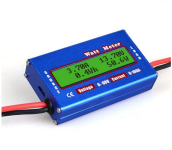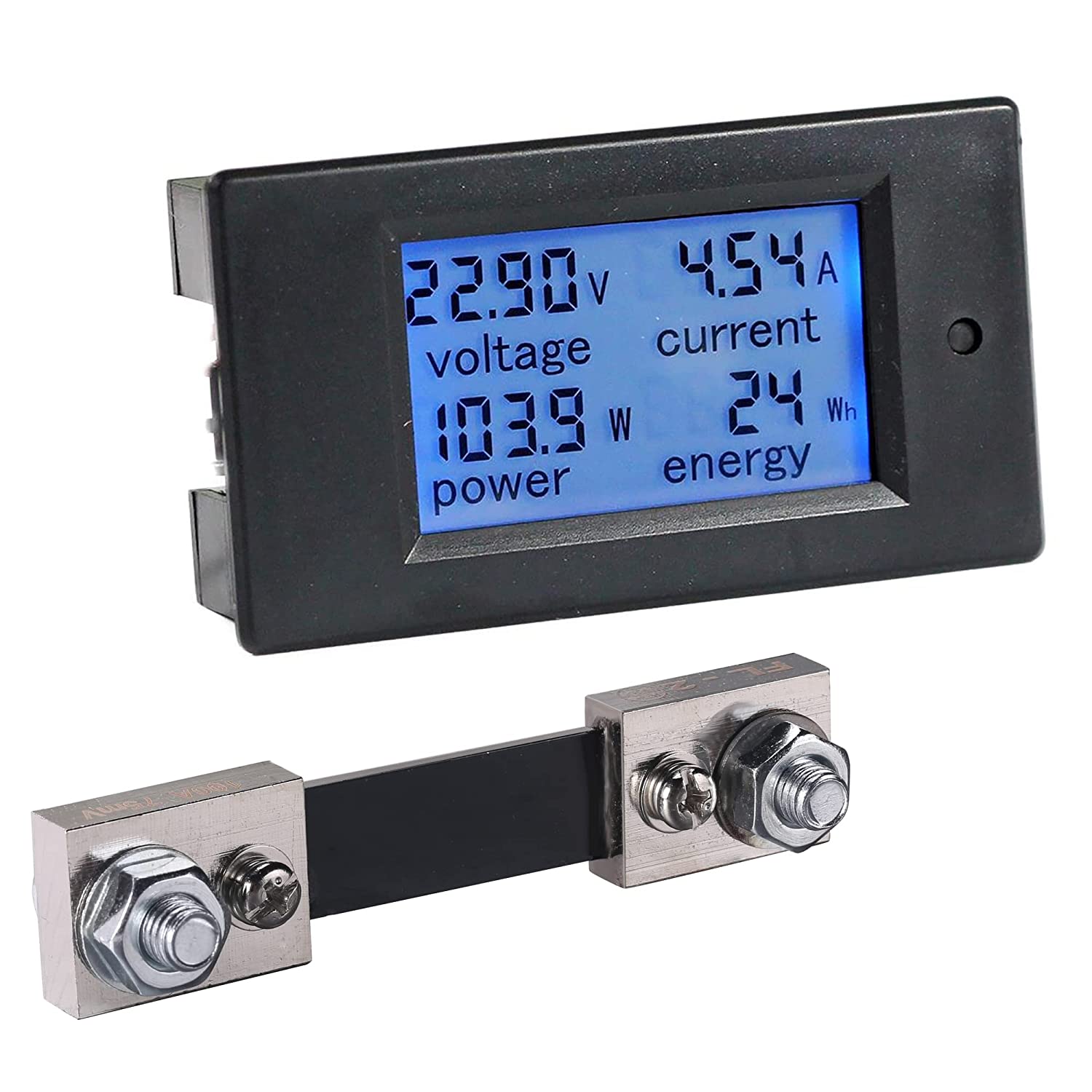Cyclomania
10 kW
So on most batteries it is stated an "AH". For example 13AH. 48volt 13ah as an example. This gives 624watt.
What is the difference between amps and AH when you are trying to find out how much max-current form a controller the battery can handle?
So if a controller has max current of 35, should my battery have amper hours of at least 35 to handle that load? Or does AH not matter here? Only amper?
Also, can I measure amps with a multimeter somehow? To know how much max current that controller can draw from that battery, without overheating that battery?
And can I also measure a battery's AH(amper hours) with the multimeter? (this could be useful when it is not stated for example)
What is the difference between amps and AH when you are trying to find out how much max-current form a controller the battery can handle?
So if a controller has max current of 35, should my battery have amper hours of at least 35 to handle that load? Or does AH not matter here? Only amper?
Also, can I measure amps with a multimeter somehow? To know how much max current that controller can draw from that battery, without overheating that battery?
And can I also measure a battery's AH(amper hours) with the multimeter? (this could be useful when it is not stated for example)



